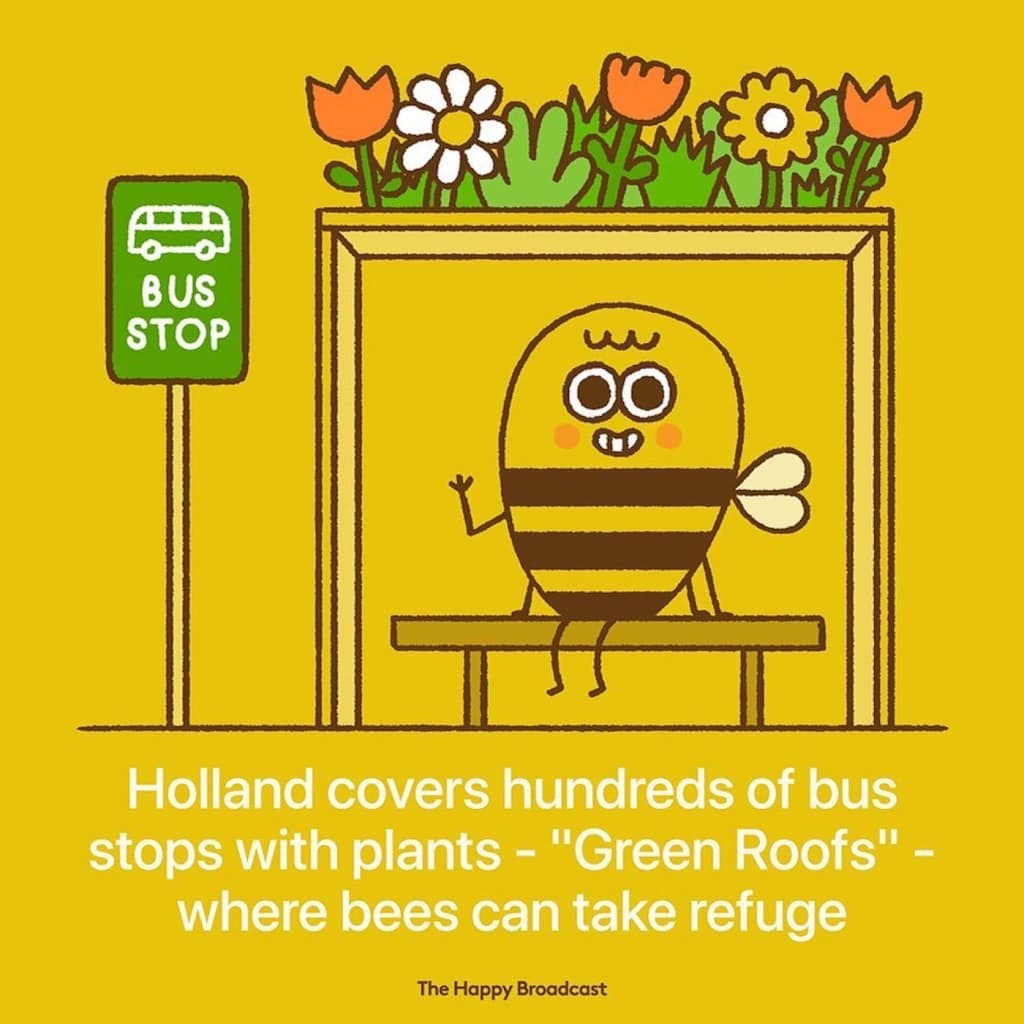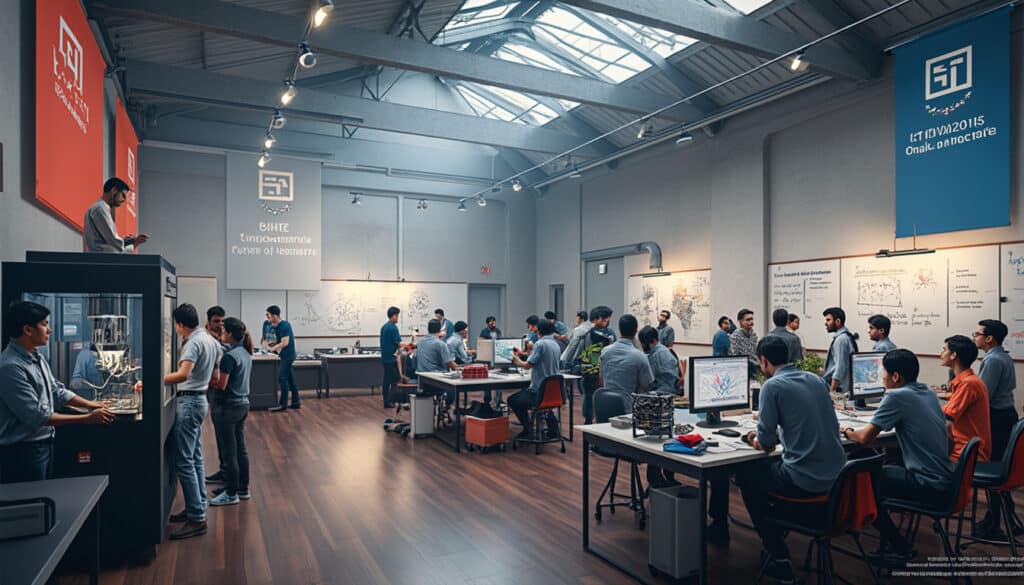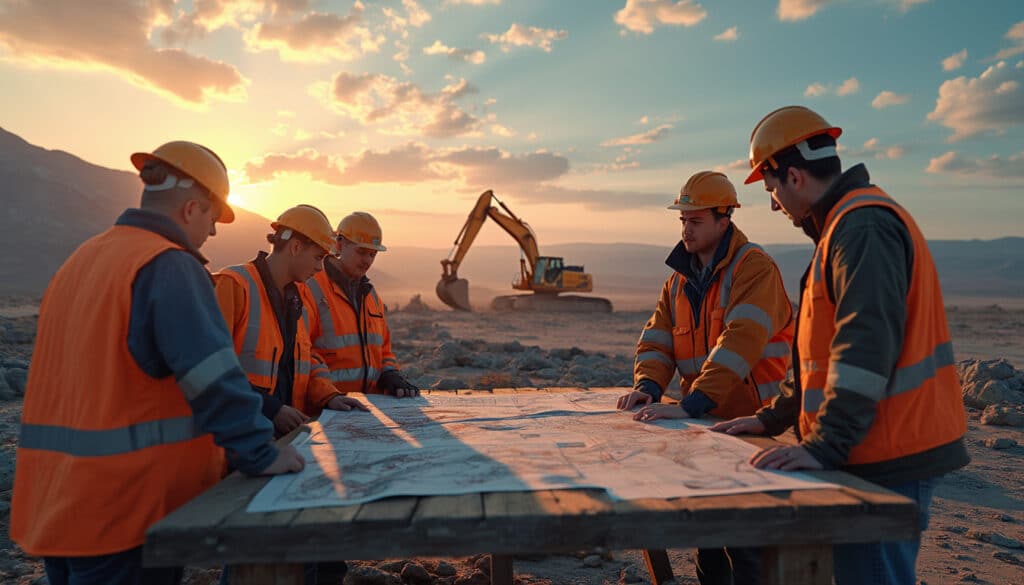An optimistic wind blows over innovation and sustainability. This month, several promising new initiatives are illuminating the French industrial landscape. At the heart of this dynamic, Innovafeed is entering a phase of expansion with a new production line dedicated to the manufacturing of insect meals, contributing to sustainable agriculture and quality animal feed. At the same time, the space sector marks a significant turning point with the return to flight of the Vega C rocket, affirming European autonomy in access to space, while facilitating essential observation missions for our planet.
In another area, river transport is taking an innovative turn with the introduction of the first hydrogen ship on the Seine, representing a notable step towards the decarbonization of urban logistics. These projects reveal a clear desire for transformation that positively impacts the environment. This compilation of news highlights the successes and efforts made in various fields, illustrating the opportunities of a resilient and future-oriented industry.
Table des matières
ToggleInnovafeed in full expansion, success for the Vega C mission and advances in hydrogen logistics on the Seine
Innovafeed, a key player in sustainable agri-food, is in full expansion with the third phase of its insect meal factory in Nesle. This initiative is part of a systemic development approach aimed at transforming the food industry by integrating sustainable and responsible processes. The larvae of flies, the main raw materials of this production, : this innovative economic model helps mitigate the ecological footprint while meeting the growing demand for alternative proteins for animal feed. According to forecasts, the insect meal market could reach a value of several billion euros by 2025, supported by increased investments in green technologies.
The extension of Innovafeed is a strategic response not only to agricultural issues but also to environmental impact ones. Indeed, these facilities, which operate with increased energy efficiency, create local jobs in a region undergoing economic transformation. For example, the recent phase of the factory has generated more than 50 new positions, highlighting the importance of sustainable innovation in regional revitalization.
The success of the Vega C mission: a turning point for European space
The return to flight of the European rocket Vega C marks a significant moment for Europe’s space autonomy. After a failure in December 2022, the successful launch of the Sentinel 1C satellite demonstrates the resilience of the European industry and its capacity to overcome technological challenges. This mission, which was carried out with components developed by several European companies, reflects an exceptional synergy between the public and private sectors, allowing for the sharing of knowledge and resources.
Recent statistics indicate that 29 orders for Ariane 6 and 15 for Vega C have already been recorded, which is a testament to a resurgence of interest and confidence in autonomous access to space. The growing importance of these missions is also a testament to advancements in the field of Earth observation, which is essential for monitoring climate change and environmental developments. For example, the precise data collection by observation satellites allows for effective agri-environmental intervention planning.
A often overlooked point is that this autonomy of access to space also fosters the creation of new industries, thus generating substantial economic opportunities. By 2030, growth forecasts for the space sector in Europe could reach 100 billion euros, creating a thriving ecosystem.
Innovative advances in hydrogen logistics on the Seine
In another area, the shipping company Sogestran is preparing to revolutionize river logistics with the introduction of the first hydrogen river vessel in France. The barge, named Zulu 6, is equipped with two 200 kW hydrogen fuel cells, and it symbolizes a significant advancement in the decarbonization of river transport. This project comes with a broader vision integrating green hydrogen as a pivotal solution in the energy transition.
Lessons learned from other countries that have already integrated hydrogen transport into their fleets must be analyzed. For instance, similar projects in the Netherlands have proven the viability of this technology under various conditions. With the Seine as a testing ground, France is committing not only to reducing CO2 emissions but also to establishing a new standard for transport: barges could reduce operating costs while improving logistical performance.
A study estimating the market potential of hydrogen in the maritime sector could reach up to 10 billion euros by 2030 in France, generating a multitude of economic opportunities and jobs in the maritime sector. The development of hydrogen as an alternative energy source could pave the way for a safer and more sustainable future for the industry.
In summary, the advances of Innovafeed, the success of the Vega C mission, and innovations in hydrogen logistics are striking examples of how the European industry is modernizing and preparing to face the challenges of the 21st century. Thanks to the joint efforts of companies and governments, we are witnessing a transformation that is not limited to isolated successes, but resonates with a new era where sustainability and innovation go hand in hand.






